As a kitchen professional, you've likely faced the common but frustrating issue of your cutting board sliding across the countertop. This is not only an inconvenience but it can also pose a serious safety hazard during food preparation. If you're wondering exactly how to stop cutting board from sliding, you're in for a treat!
In this life-changing guide, well explore remarkable and approved solutions to keep your workstation steady, efficient, and safe.
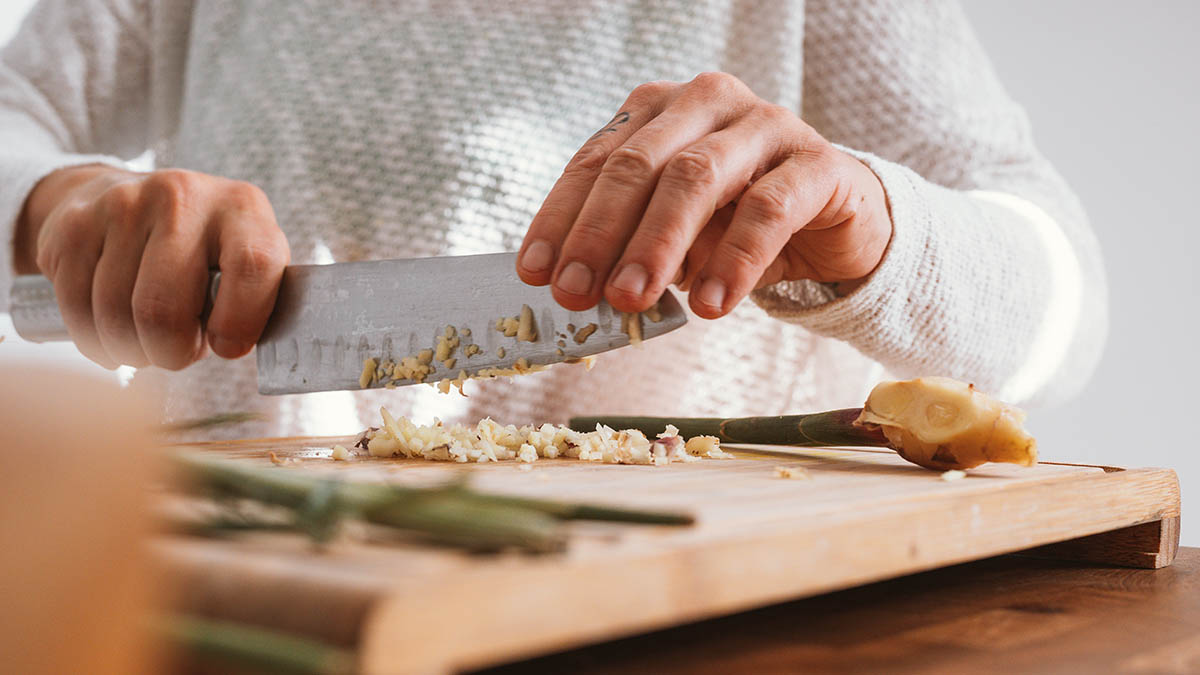
Why Does Your Cutting Board Slide?
Before diving into the methods, its crucial to understand the reasons why this problem occurs. Kitchen countertops, like marble, granite, or plastic laminate, often have smooth and slippery surfaces. Combined with the lightweight and smooth bottom of many cutting boards, they create a formula for slipping. While this might seem like a minor inconvenience, it can lead to uneven cuts, accidents, and even knife injuries.
Shocking Risks of a Sliding Cutting Board
- Injury Risks: A moving board increases the risk of knife slips and cuts.
- Food Contamination: Food scraps or juices can spill, leading to hygiene issues.
- Inefficiency: Sliding boards slow down your workflow, especially in professional kitchens where time is paramount.
This is why understanding how to stop cutting board from sliding is a tremendous step toward improving both safety and efficiency in the kitchen.
Remarkable Hacks You Need to Try
Here are the most terrific and approved tricks that can stop your cutting board from sliding:
1. Use a Damp Paper Towel or Cloth
This is a classic hack that's as simple as it is effective. Place a damp paper towel or a wet dishcloth under your board. The moisture helps create friction between the cutting board and the countertop, securing it in place.
Pro Tip: Make sure the towel is only slightly damp to avoid excess water on your surface, which can damage wooden countertops.
2. Invest in Non-Slip Mats
Non-slip silicone or rubber mats are game-changers for kitchen professionals. Place a mat between the board and the countertop for a secure, anti-slip surface.
You can find some high-quality, food-safe mats that are dishwasher-friendly for easy cleaning. These mats are especially useful for wooden boards, as they reinforce stability without damaging the surface.
3. Use Silicone Pads or Kitchen Grippers
Silicone pads or kitchen grippers are higher-tech alternatives to dishcloths. These pads are reusable, easy to clean, and ultra-durable. They also provide tremendous traction, ensuring your board stays secure while chopping, slicing, or dicing.
Life-Changing Long-Term Solutions
1. Opt for Non-Slip Cutting Boards
If youre frequently dealing with a sliding cutting board, it might be time for an upgrade. Look for cutting boards with built-in non-slip grips or silicone edges. These boards are specially designed to address stability issues.
Read more on choosing the right cutting board here.
2. Add Non-Slip Pads to Your Existing Boards
Another approved, cost-effective solution is to apply non-slip pads or rubber feet to the corners of your cutting board. These adhesive pads can be found at any hardware store and are easy to apply.
3. Upgrade to a Heavier Board
Heavier boards tend to slip less due to their weight. Opting for a thick wooden or marble board can eliminate your slipping woes. While they may be harder to handle or move, the added stability they provide in your kitchen is worth it.
4. Explore DIY Hacks
Creative kitchen enthusiasts have come up with DIY solutions, such as applying a bead of hot glue to the bottom rim of the board. Once the glue dries, it acts as a friction pad, preventing the board from skidding on countertops.
Get Inspired by Kitchen Technology
Innovative cutting boards with smart designs now come equipped with built-in non-slip layers. These cutting boards are perfect for high-intensity kitchens where safety and speed are non-negotiable.
You can learn more about advances in cutting board technology.
FAQ Section
1. Can I use shelf liner instead of a mat?
Yes! Shelf liners made of rubber or silicone work similarly to non-slip mats. However, ensure they are food-safe before using them in the kitchen.
2. What types of cutting boards are most stable?
Boards with built-in rubber or silicone grips, as well as heavier wooden or marble cutting boards, are the most stable options.
3. How can I maintain my non-slip cutting board?
Clean your board after every use with warm soapy water. If it's wooden, follow a proper care routine to prevent warping and cracking. Read more about care tips for wooden boards.
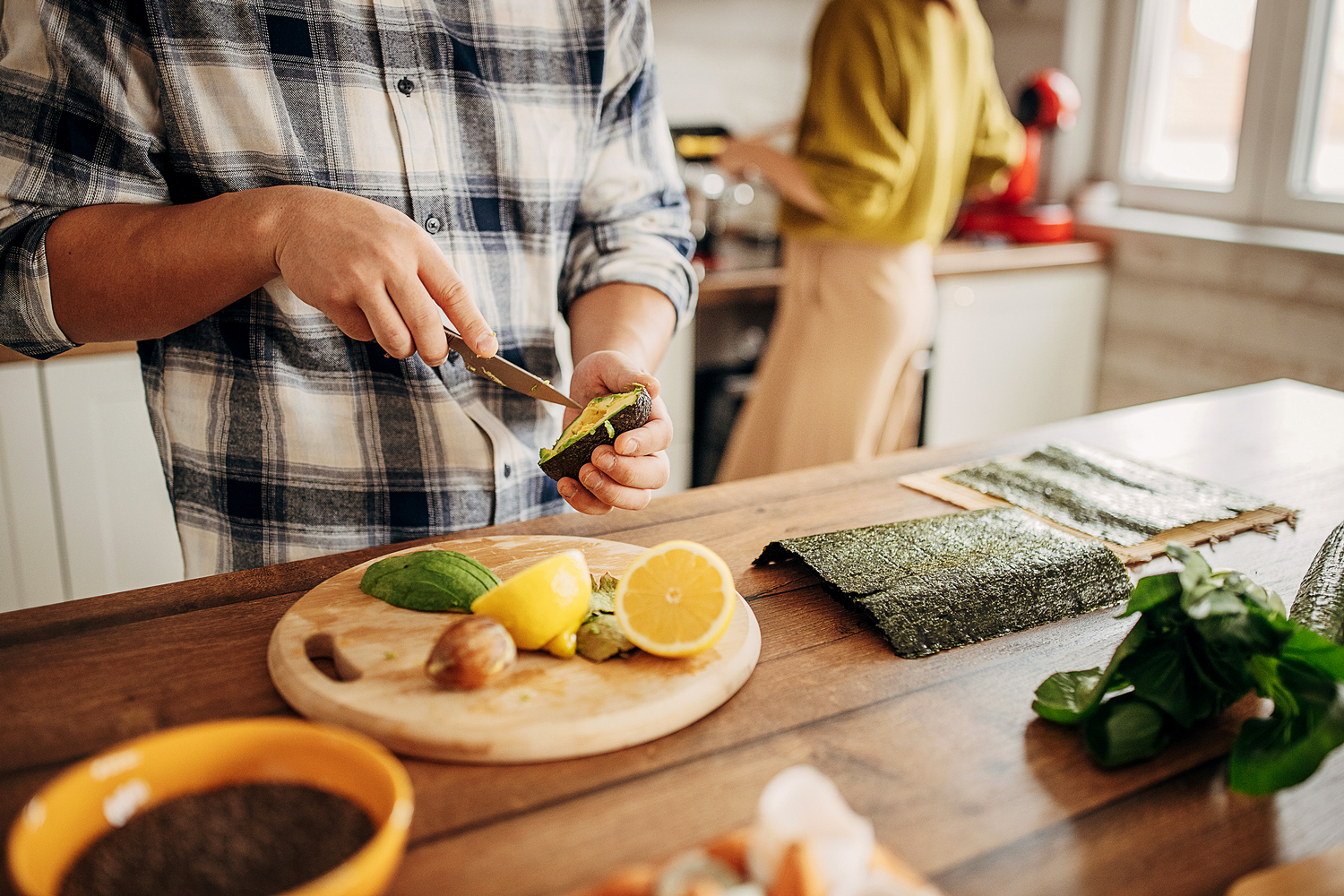
Conclusion
No more worrying about how to stop cutting board from sliding! Whether youre looking for a quick fix or a long-term solution, these remarkable tips are approved and kitchen-proven. Implement these life-changing hacks today and enjoy a safer, smoother, and more efficient cooking experience.
This article contains affiliate links. We may earn a commission at no extra cost to you.

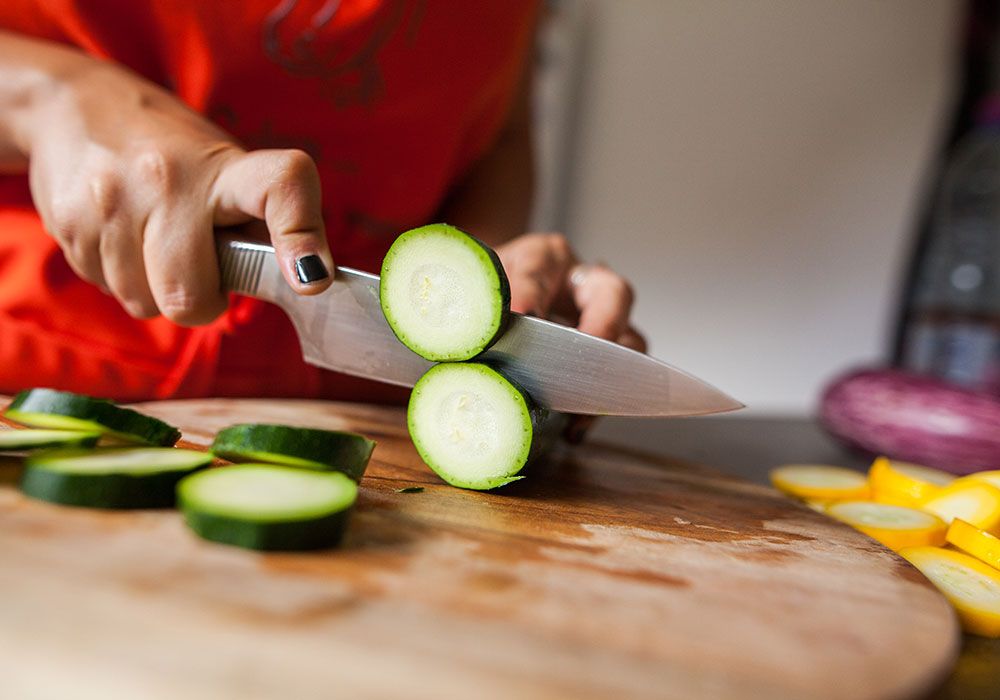


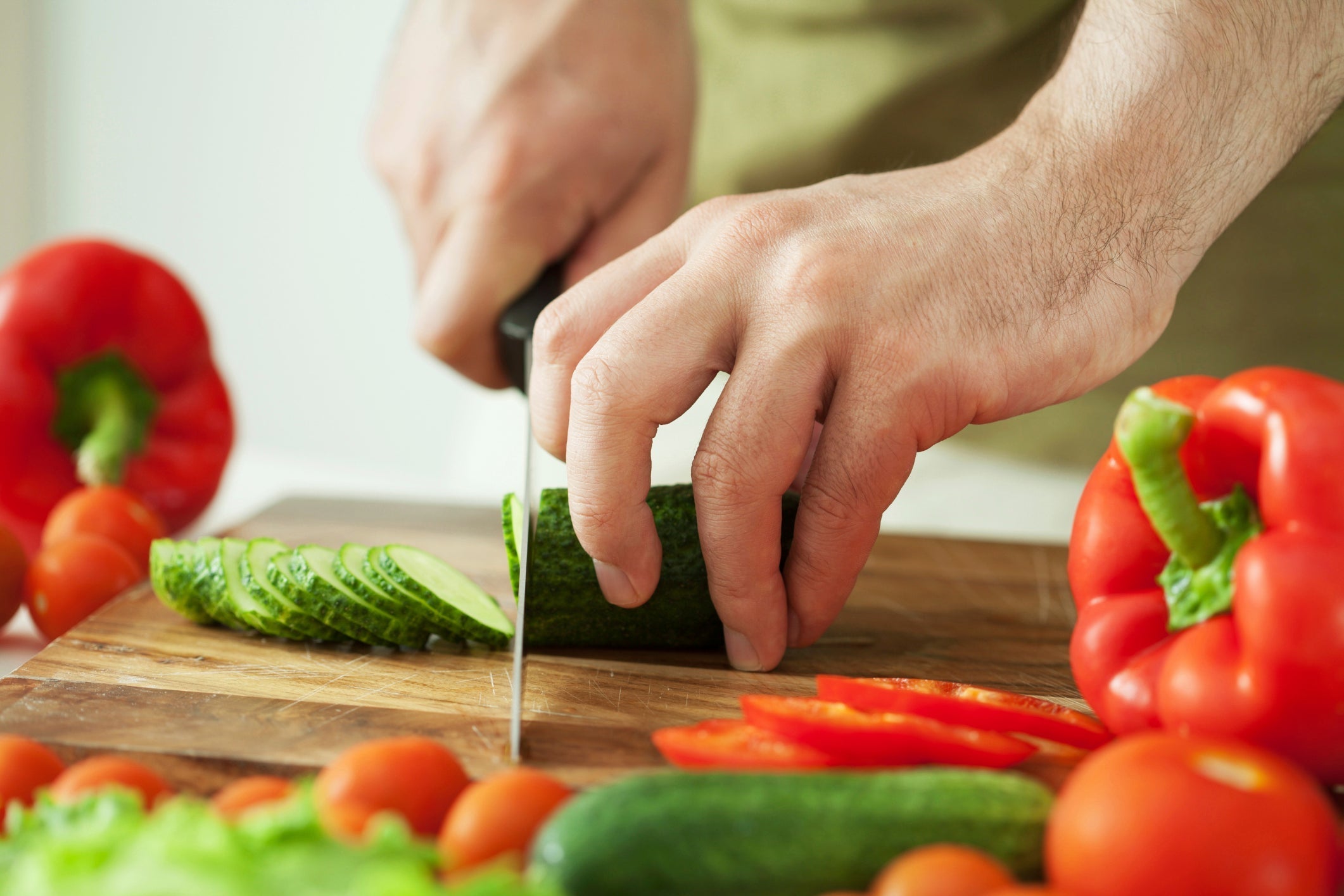
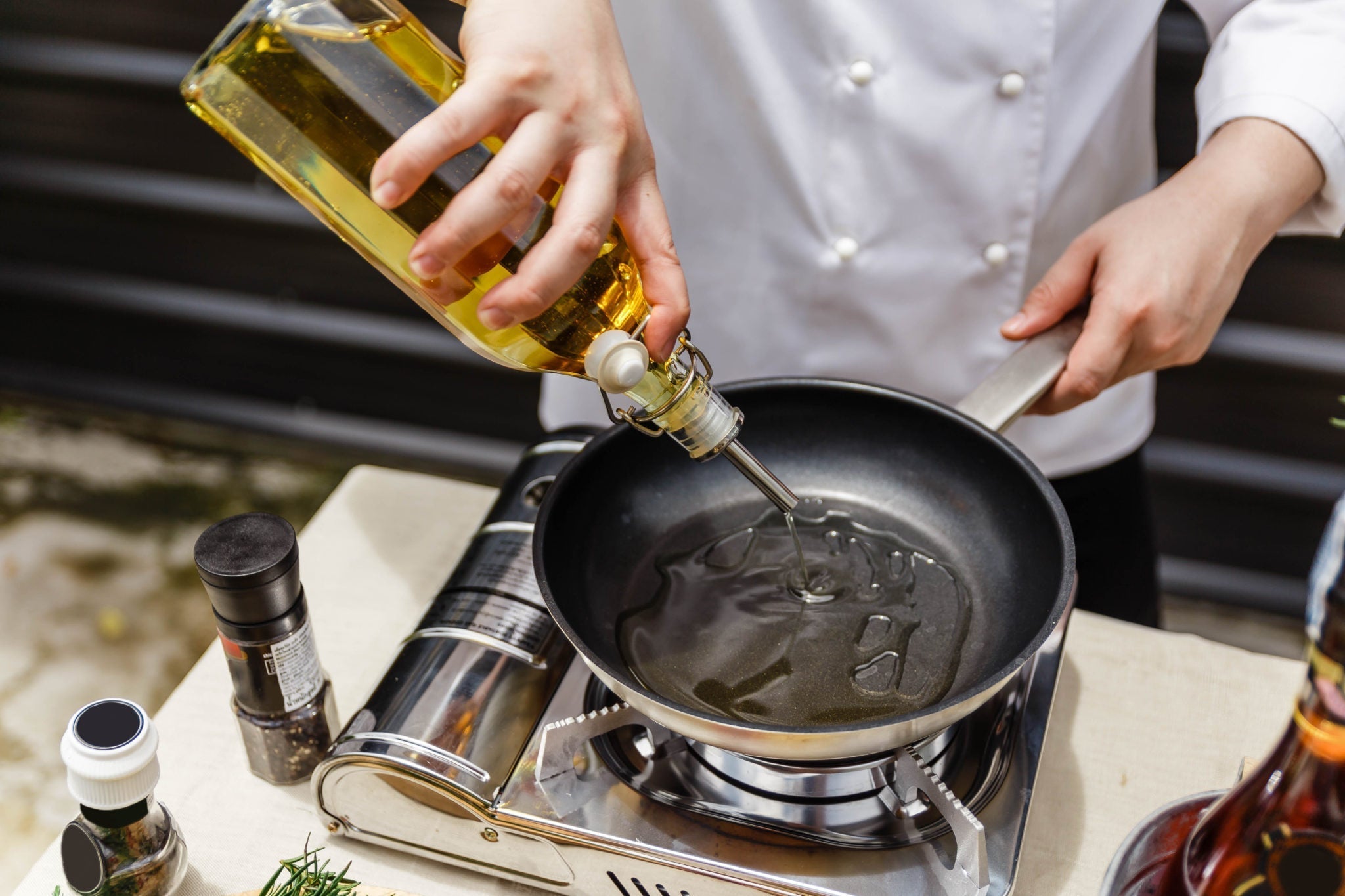
Leave a comment
This site is protected by hCaptcha and the hCaptcha Privacy Policy and Terms of Service apply.